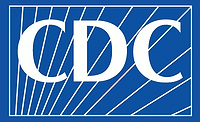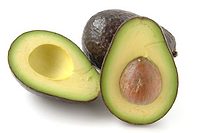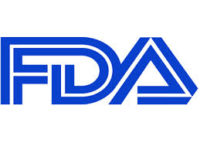This week, the U.S. Food and Drug Administration (FDA) released a summary report of its cucumber sampling program. The sampling was conducted as part of a proactive, ongoing effort to help ensure food safety and prevent contaminated products from reaching consumers. The sampling is also meant to help the agency learn more about the prevalance of disease-causing bacteria in certain foods and identify patterns that may help prevent future contamination.
In November 2015, FDA issued its first cucumber assignment under a new sampling model.
- A total of 1,601 samples were collected and tested for Salmonella spp. and Escherichia coli O157:H7.
- About ¾ (76 percent) of the samples collected and tested originated from outside the U.S. The rest were domestically grown. The samples included cucumbers grown in fields and in greenhouses and included all fresh varieties of the commodity. No frozen, chopped, sliced, pureed, or pickled cucumbers were included in this sampling assignment.
- The agency designed its sampling plan to detect rates of contamination of one percent or greater if present in the commodity.
- The prevalence of Salmonella in the sampled cucumbers was 1.75 percent.
- No E. coli O157:H7 or other pathogenic E. coli was detected in this sampling assignment.
FDA says this assignment helped to identify cucumbers as the vehicle of a salmonellosis outbreak that occurred in 2016, affecting 10 people in three states.
When the FDA detected Salmonella in domestic samples, the agency worked with the firm(s) that owned or distributed the affected cucumbers to conduct a voluntary recall, although in some cases there was no product to recall, or low likelihood of product available to recall due to the commodity’s relatively short shelf life. In instances where no recall was carried out, the agency provided the firm with guidance on minimizing microbial hazards in fruits and vegetables and shared its findings with state partners (as is done with samples that result in recalls).
FDA says that the findings of this assignment underscore the need for growers and others in the cucumber distribution chain to comply with the FDA’s Produce Safety Rule, as applicable, and for importers of cucumbers to comply with the FDA’s Foreign Supplier Verification Programs (FSVP) Rule, as applicable.
This assignment concluded prior to the applicable Produce Safety Rule and FSVP Rule compliance dates. The agency has published draft guidance to help industry comply with these rules.
The Produce Safety Rule draft guidance
The FSVP Rule draft guidance
The FDA will continue to work with cucumber growers and distributors to make them aware of the findings of this assignment and to provide additional information on resources and steps to mitigate contamination of cucumbers.
You can access the full report on the FDA's cucumber sampling data at FDA.gov.
Sign up for Food Safety Magazine’s bi-weekly emails!
Subscribe to our podcast: Food Safety Matters!




